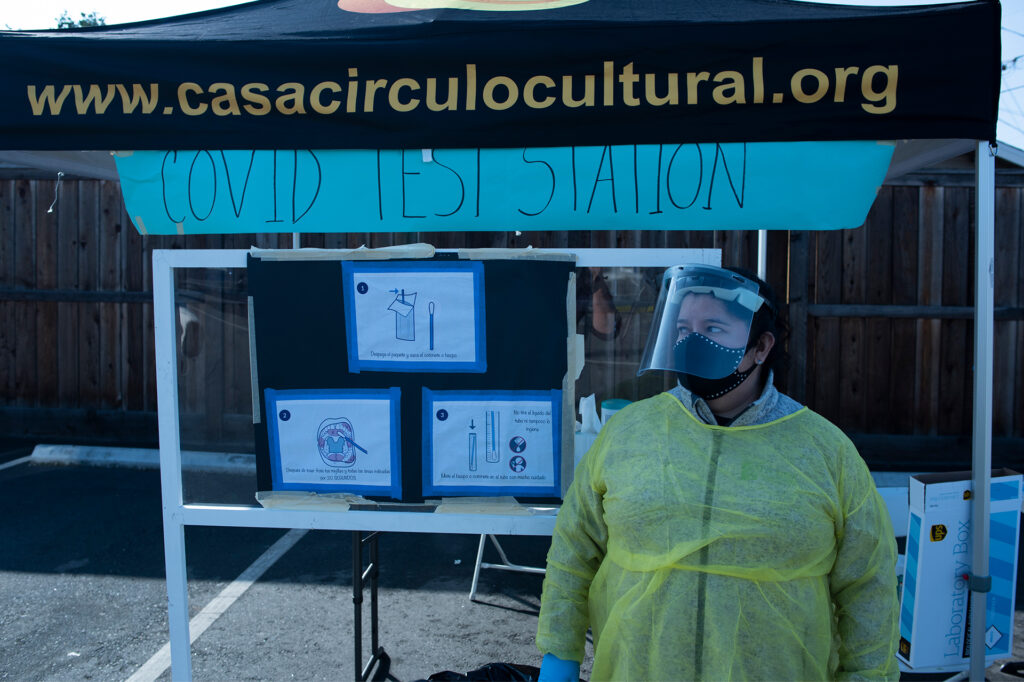
There is no date that does not come, nor a deadline that is not met. In October 2022, Governor Gavin Newsom announced that the State of Emergency for COVID in California would end on February 28, 2023. Today, the state official proclaimed the end of said action, eliminating one of the most effective and necessary tools that California has used to combat the disease that has claimed the lives of 100,187 people.
While California has recorded 11,105,535 total confirmed cases of COVID-19 since the start of the pandemic, California's response to the pandemic saved tens of thousands of lives, protected the economy, distributed financial assistance across the country, and built an unprecedented public health infrastructure.
With hospitalizations and deaths dramatically reduced due to the state’s vaccination and public health efforts, the California Department of Health said it has the tools needed to continue fighting COVID-19 even after the state of emergency ended, including vaccines and boosters, testing, treatments and other mitigation measures like masking and indoor ventilation.
It should be noted that today the State of Emergency ends, however, the SMARTER Plan, which was released in February 2022, continues to guide California’s strategy to better protect people from COVID-19.
SMARTER – Shots, Mask, Awareness, Readiness, Testing, Education, RX – is an acronym formed by the first letters of English words such as vaccines, masks, awareness, readiness, testing, education and treatment.
“Throughout the pandemic, we have been guided by science and data, moving quickly and strategically to save lives. The state of emergency was an effective and necessary tool we used to protect our state, and we would not have reached this point without it,” Newsom said in October 2022.
At the time, the governor specified that with the operational preparation that was developed and the measures that will continue from today, "California is ready to gradually eliminate this tool."
“California’s response to the COVID-19 pandemic has prepared us for whatever comes next. As we move into the next phase, the infrastructure and processes we’ve invested in and built will provide us with the tools to manage the ups and downs in the future,” said California Health and Human Services Agency Secretary Dr. Mark Ghaly.
“While the threat of this virus remains real, our collective work and preparedness have helped turn this crisis emergency into a manageable situation,” he stressed.
The state of emergency began in the state on March 4, 2020, after the World Health Organization (WHO) itself spoke of a pandemic and California's hospitals and health clinics began to become overwhelmed.
It also provided labour and operational flexibility, various legal and regulatory exemptions and immunities from liability, which made it possible to contain and reduce the number of infections over a period of 3 years.
According to state officials, more than 550 provisions of executive orders issued under the state of emergency are no longer in effect, with 27 provisions remaining in effect as of Feb. 28.
Currently, an average of 2,859 cases are reported per day, 7.1 cases per 100,000 people, however, there are still 22 deaths daily, 0.1 deaths per 100,000 people.
The number of COVID-19 diagnostic test results in California has totaled 196,643,155. The positive test rate over the past 7 days is 6.5 percent.
The highest number of COVID-19 cases and deaths were among those belonging to the Latino community, followed by Caucasians and Asian Americans.
Key number
- Health: California’s COVID-19 death rate was among the lowest in the nation. Nationally, the COVID-19 death rate was 339 per 100,000, well above California’s rate. The state has administered more than 88 million vaccines, which translates to nearly 73 percent of the state’s population being vaccinated.
- Economy: California's GDP shrank less and grew faster than U.S. GDP between 2019 and 2022 The state's unemployment rate fell nearly twice as fast as other states with large populations.
- Education: On average, California students experienced less learning loss than the rest of the nation. California eighth-graders had no declines in reading scores. Nationally, eighth-grade students' reading scores declined by 3 points on the National Assessment of Educational Progress scale.
Three years ago, a pandemic began, one that would mark history by leaving more than 6 million 850 thousand people dead around the world. We would know and hear the name SARS-CoV-2, a virus that caused the disease COVID-19.
Globally, as of 16:24 CET on 21 February 2023, there have been 757,264,511 confirmed cases of COVID-19, including 6,850,594 deaths, as reported to WHO. A total of 13,223,135,400 vaccine doses have been administered as of 23 February 2023.
You may be interested in: FDA authorizes first over-the-counter home test to detect influenza and COVID-19

